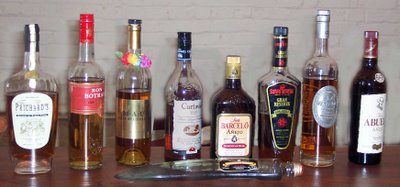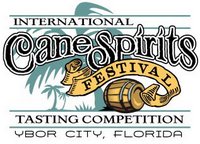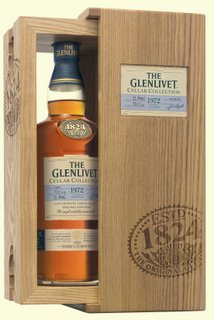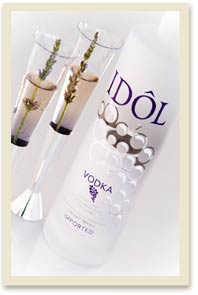
The recent absence of lengthy reports on this site about the newest vodkas has been intentional. So many producers were releasing new vodkas, often with silly marketing gimmicks, at such an overwhelming pace I was beginning to be forced into a
vodka-centric blog.
That self-imposed slowdown has now allowed me to catch up. And it took some doing. The pace of releases hasn't eased up -- did you know renowned designer Milton Glaser has been hired to redesign Donald Trump's signature vodka bottle? -- so I've been very selective in what I'm reporting on.
Idol, for example, shouldn't be ignored. Billed as "The vodka for wine lovers," the new release from Boisset America is distilled from Pinot Noir and Chardonnay grapes from Burgundy, France.
The grapes come from France's Cote-de-Nuits and Cote-de-Beaune regions, fermented the same way as for wine, then distilled close to the vineyards, using a seven-column continuous distillation process to extract exceptionally pure alcohol. Local spring water is blended with the distilled alcohol to bring it down to 40% alcohol (80 proof) before being filtered five times. Idol winds up with a very smooth, slightly sweet taste.
The beauty, or sometimes the curse, of vodka is that it can be made from any organic matter, so using grapes is not exactly new. It's merely a matter of quality.
As one example,
Ciroc, another French grape-based vodka, actually has sort of a grapey nose even though vodka must, by definition, be essentially neutral in color, taste and nose.
For another, Jorg Rupf, a renowned maker of fruit brandies in his St. George Distillery housed in a former airplane hangar on Alameda Island in San Francisco Bay, makes a premium-priced vodka called
Hangar 1.
The bottle is a cross between a sleek, aerodynamic look and the classic Russian style. The handcrafted vodka splits from the pack in its base material: the Viognier grape. My tasting notes say it stands up to any competitor, foreign or domestic, for clarity, smoothness and lightly nuanced reaction on the palate. Giving it the freezer treatment draws out the taste of the neutral grape spirits blended into the vodka.
IN OTHER VODKA NEWS... 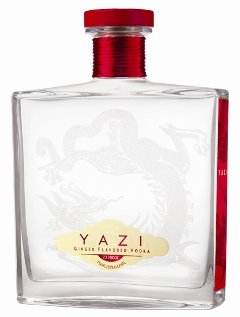
Yazi, a ginger-flavored vodka from
Hood River Distillers in Oregon, has been released in a French glass bottle that resembles a large perfume decanter.
There is no doubt this offering was created for women, and the distillers make no bones about that. Yazi includes natural ginger along with orange, lemon, cayenne, red pepper extracts and glacier-fed Mt. Hood spring water to create a spicy sweet taste. Suggested retail price is $30 for a 750ml bottle, although it's available for about $25 on line.
The packaging carries red side accents and a shiny red neck wrap, with a spiraling dagon etched on the imported glass.
"Back-lit on a bar shelf, Yazi is sure to stand out among the usual tall thin bottles favored for many other vodkas," said designer Andrew Reed of Leopold Ketel & Partners, Hood River Distillers' marketing firm.
Hood River Distillers is marking its 72nd year in operation as an importer and producer of distilled spirits. Pendleton 10-Year-Old Blended Canadian Whisky, 20-Year-Old Pendleton Director's Reserve Whisky, Broker's London Dry Gin, Cockspur Rum, Knicker’s Irish Cream Whiskey and Spudka Vodka are among its nearly 50 different labels and brands.
To Dowd's Spirits Notebook latest entry.
To Dowd's Wine Notebook latest entry.
To Dowd's Brews Notebook latest entry.
Back to Dowd's Bar Blog home page.



